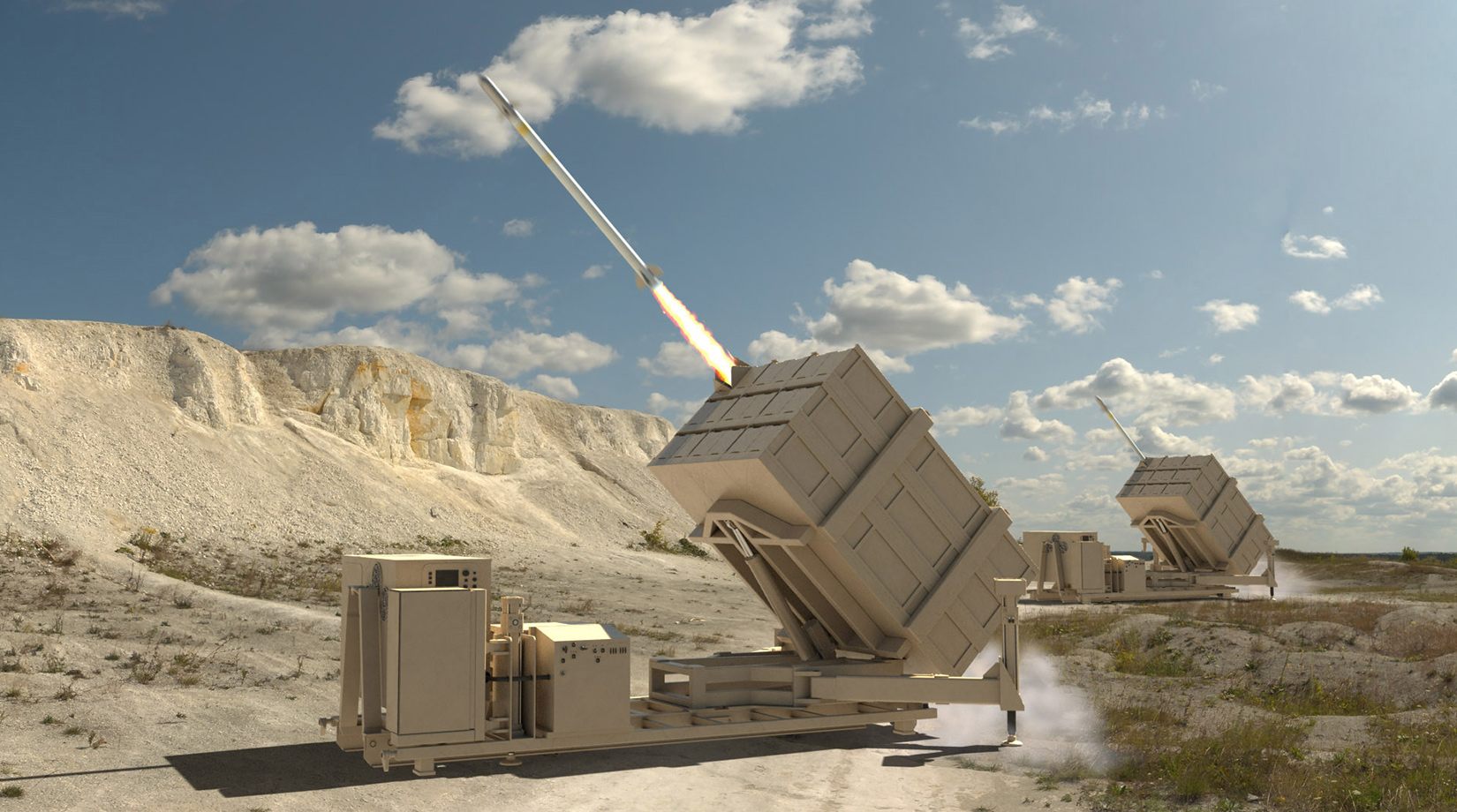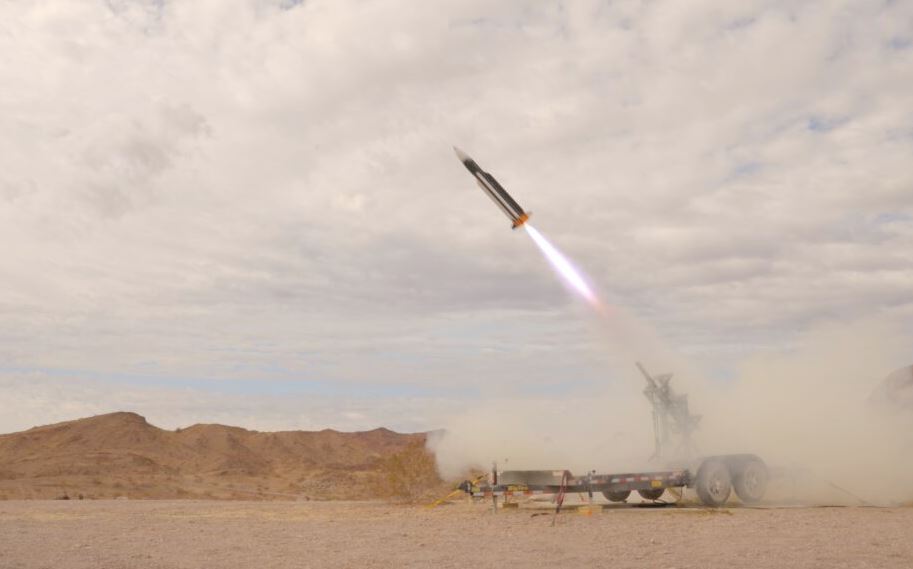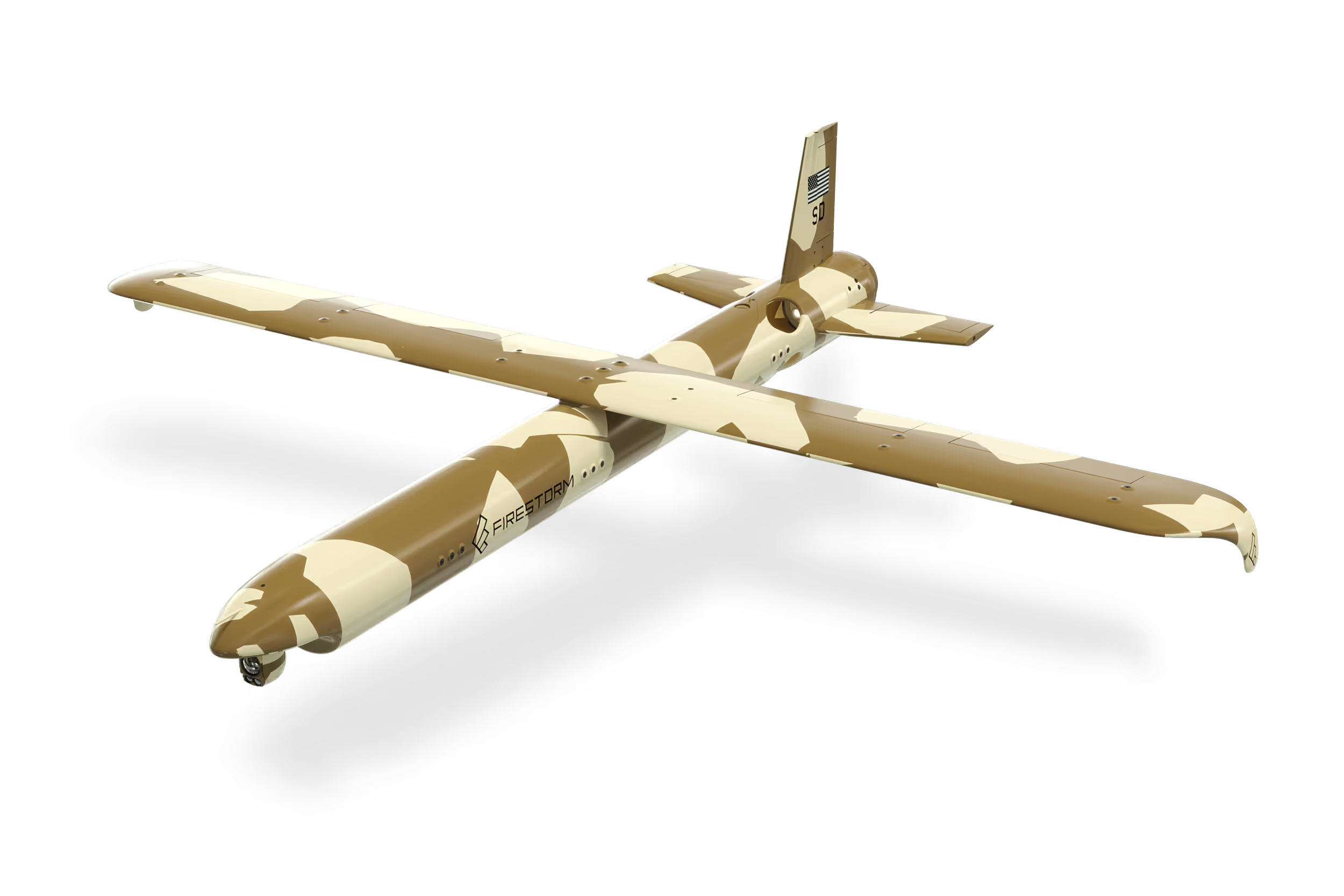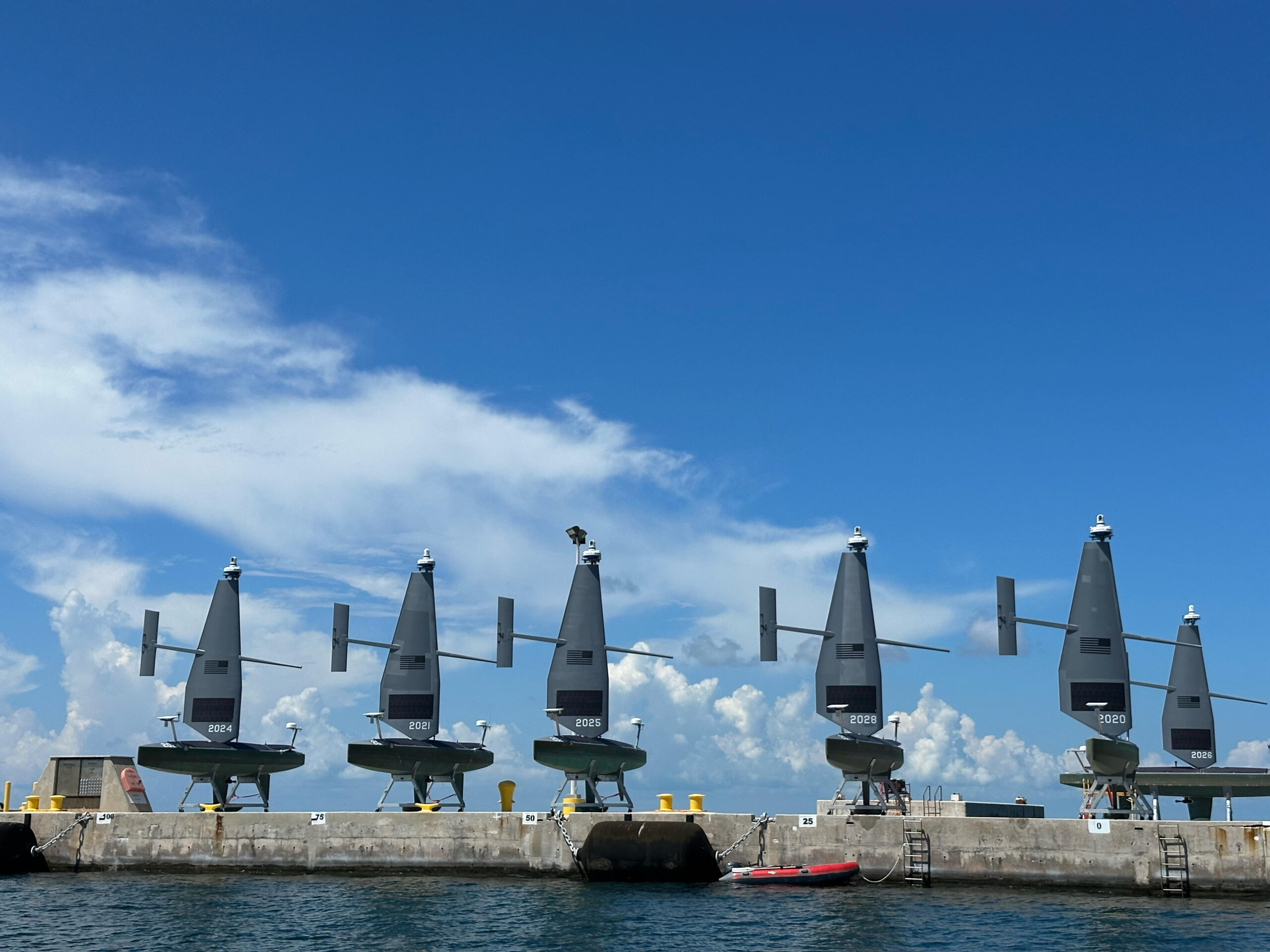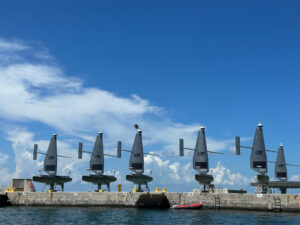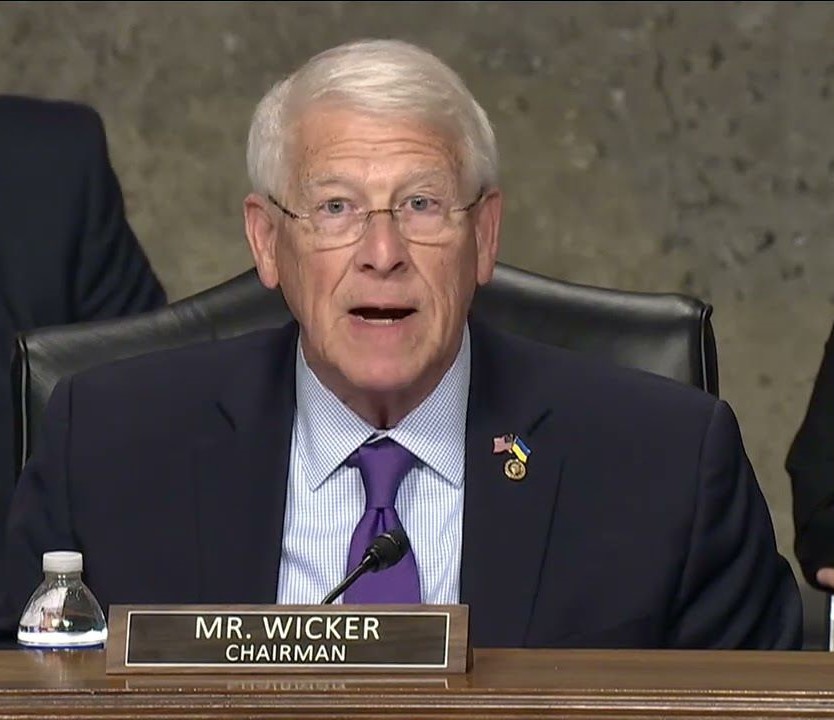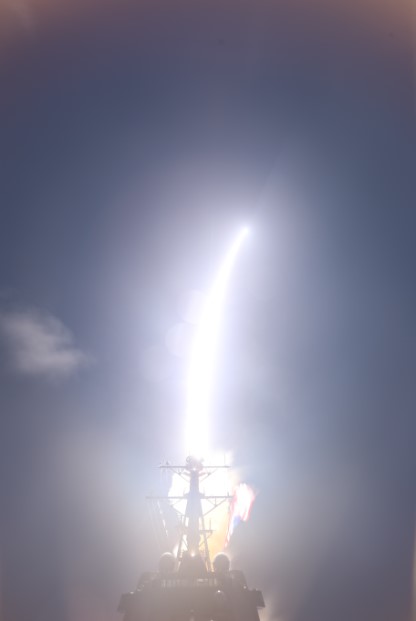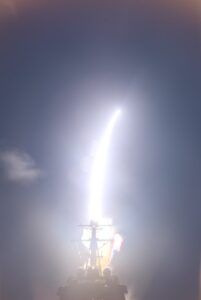Boeing [BA] has been selected to advance to the next phase of the Army’s effort to develop a second interceptor for its new Indirect Fire Protection Capability (IFPC) Inc. 2 defeat system, the company said.
The update on Boeing’s participation arrives as the Army plans to finalize awards later this fiscal year for vendors to move into the prototype development phase in 2026, with an interest in IFPC Inc. 2 interceptors capable of taking out supersonic cruise missiles and larger caliber rockets.
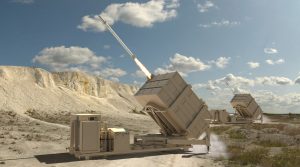
“We understand warfighter needs and the dynamic environments soldiers operate in, and our goal is to keep them safe with an innovative, affordable offering that leverages our industry-leading missile expertise,” Jim Leary, Boeing’s executive director of business development for precision engagement systems, said in a statement. “Our design offers increased magazine depth with a missile that provides enhanced speed to target, greater range and maneuverability for sustained engagement against an evolving threat.”
While a Boeing spokesperson declined to offer specific details on the offering citing the “sensitive” nature of the competition, the company in a statement said its interceptor “will help the Army fill a capability gap between short- and long-range air defenses against rapidly proliferating low-flying, mid-range threats like cruise missiles and militarized drones.”
“The goal is to develop a new medium-range interceptor to better protect fixed and forward operating bases against emergent aerial threats,” Boeing added.
Boeing, as of right now, has not teamed with any additional vendors for the interceptor solution it’s offering, a company spokesperson confirmed to Defense Daily.
Dynetics’ [LDOS] Enduring Shield capability won the IFPC Inc. 2 competition in September 2021, with the Army having said the system is intended to “defeat subsonic cruise missiles, Group 2 and 3 unmanned aircraft systems, rockets, artillery, mortars and other aerial threats,” while utilizing the Sentinel radar as its sensor, with the new Northrop Grumman [NOC]-developed Integrated Battle Command System serving as the fire control component (Defense Daily, Sept. 24 2021).
In late November, the Army awarded Dynetics a potential $4.1 billion production contract for IFPC Inc. 2 which could cover procurement of up to 317 new launchers (Defense Daily, Dec. 11 2024).
The current interceptor that is part of Dynetics’ Enduring Shield solution for IFPC Inc. 2 is RTX’s [RTX] AIM-9X Sidewinder missile, while the Army has previously expressed interest in pursuing a second interceptor option to defeat supersonic cruise missiles and larger caliber rockets.
Brig. Gen. Frank Lozano, the Army’s program executive officer for missiles and space, said last summer that for a second interceptor “what [he’s] been communicating is an AIM 120D-like capability in an AIM-9X package, because the key is magazine depth” (Defense Daily, July 31 2024).
Boeing said its interceptor offering “leverages a Modular Open Systems Approach design to enable rapid updates as threats evolve.”
